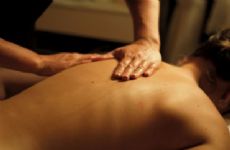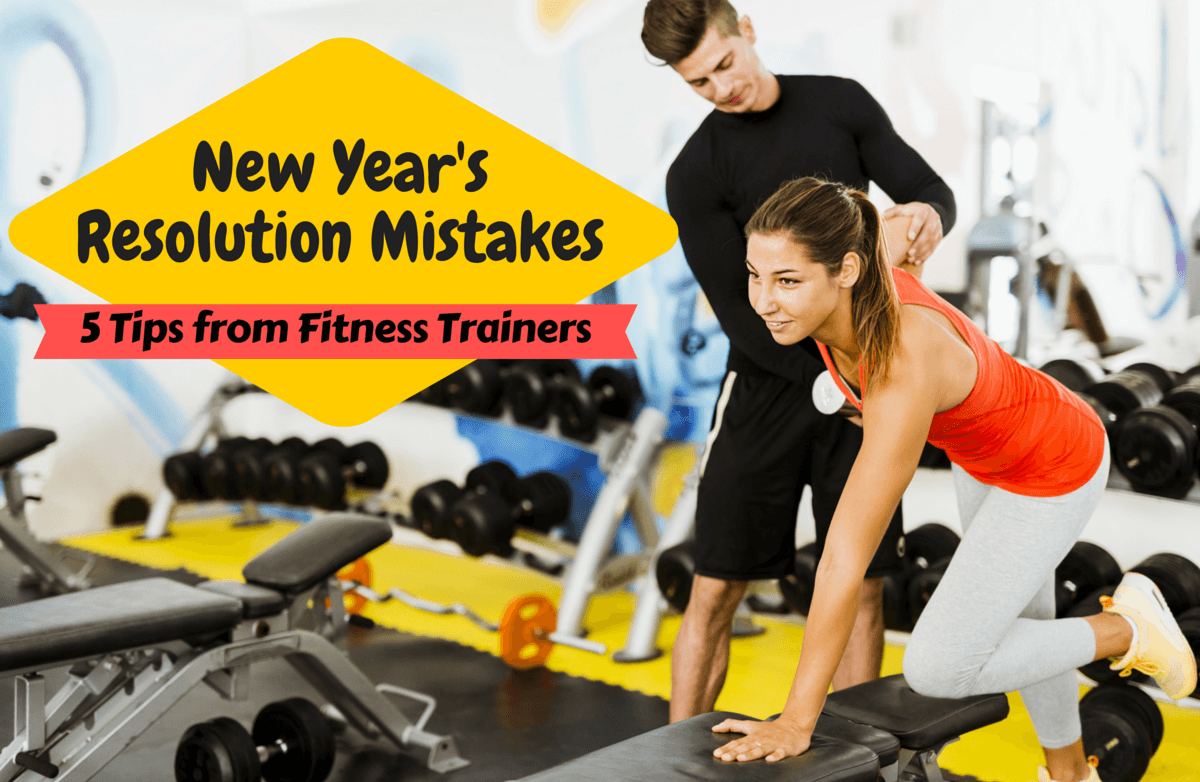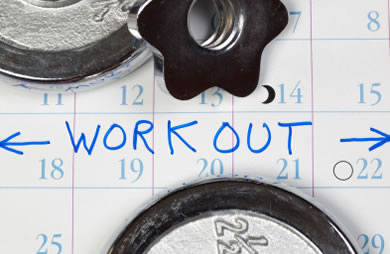|
It might seem intuitive to avoid exercising your joints when they're causing you pain. But, like many aspects of the human body, what seems to make sense isn’t necessarily what's good for you! When you're suffering from arthritis, one of the best things you can do for yourself is to exercise. However, you must learn the right exercises to strengthen the muscles around your joints, and the best stretches to gain and maintain flexibility. Here are the knee strengthening exercises that I prescribe for my patients with knee and hip arthritis. My patients have had great success with them, and I hope you do, too. (Note: Before beginning any exercise program, it’s important to discuss it with your primary doctor) The Best Exercises for Arthritis "Good" exercises for people with arthritis do not cause any pain. You may have heard (or even believed) the saying “No pain, no gain.” That saying has no place in helping you stay active with arthritis! Start off easy, and work your way up to increased repetitions. You’ll see and feel the results. Here are three safe ways to strengthen muscles around an arthritic joint. It's important to maintain strength since strong muscles are good shock absorbers that take pressure off the arthritic joint. 1. Standing Hip Extensions: Stand straight, with toes pointing straight ahead of you. If you need to hold onto something when you first start, that’s OK, but your goal is to do these without any support as you build up strength and balance. At a moderate speed, move your right leg away from your body, just a few inches off the floor, and then return it. Start with 10 reps on each side. If it feels easy, great! Remember, hold onto to a chair if you must, but eventually, try to do these without holding onto anything. You can do these lifts anytime throughout the day. Not only do they strengthen your legs, but you are also building better balance. 2. Lying Single-Leg Lifts: These are very good if you can comfortably lower yourself down to the floor. Use a mat or lie on carpet for some extra cushioning. Lie flat on your back, looking up to the ceiling, with the right leg bent and the right food flat on the floor. Raise your left leg (keeping it straight, toes pointing toward the ceiling) just to the level of the right knee. Then slowly lower down but don’t touch the ground. Do 10 repetitions. Reverse the positions of your legs and do the same exercise on the opposite side. 3. Heel Raises: I love heel raises because you can do them anywhere--in your bathroom, when you’re brushing your teeth, in your kitchen, when you’re washing dishes, and when you’re on the phone. Again, begin by holding onto something for balance. Start with your feet flat on the ground. Now, gently, rise up onto the balls of your feet, and return your heels to the floor. Simple and effective! Start with 10 reps at a time. Don't neglect flexibility, however. Here are three safe and easy ways to maintain flexibility without aggravating your joints. 1. The Figure Four Stretch: Lie on your back, looking at the ceiling. Place your right heel at a ninety-degree angle on your left thigh above the knee. Using your hand, try to gently push the right knee into the ground. Repeat the same exercise by putting your left heel on your right thigh. 2. Standing Calf and Hamstring Stretch: Stand facing a wall with your hands flat against it. Place your right leg behind your left leg and press your right heel to the ground to stretch the hamstring and calf. Repeat on the other side with left leg behind the right. 3. Seat Forward Bend: Assume the “lotus position” or sit on the floor with your legs crossed. Gently bend forward to touch the ground. If you cannot touch the ground it is okay, just reach forward as far as you can. Regular aerobic exercise is also an important part of managing arthritis pain. The best aerobic training includes swimming, bicycling, the elliptical machine or walking. Choose one or combine them, but aerobics should be done a minimum of 30 minutes five days a week to be effective. If you enjoy sports like tennis or golf, limit yourself to no more than three days per week with a rest day in between each game. The Worst Exercises for Arthritis "Bad" strengthening exercises are ones that cause pain by asking too much of your joints too soon. Anytime you add excess weight to a movement, such as when using an exercise machine at the gym, you run the risk of over-stressing your joints. Here are several common exercises to avoid: 1. Weighted Knee Extensions: Avoid the leg extension machine at the gym where you lift a padded bar using the fronts of your ankles. 2. Squats and Lunges: Any movement that puts an uneven load on your knees and hips can irritate your arthritis. "Bad" stretching includes any “aggressive passive” stretching when someone is forcing you past your stretching ability. If it starts to hurt, stop! Pain indicates irritation of the joint. But gentle stretching is always a good idea. Finally, to reduce the possibility of exercise-induced pain, you can apply heat to joints for 15 minutes before exercise, followed by 15-minutes of ice afterward.  About the Author About the AuthorDr. Vijay Vad is the creator of the Arthritis Rx DVD workout, featuring easy and effective exercises to help pain sufferers reduce pain, enhance mobility, and decrease their dependence on medication, regardless of their current fitness level. Arthritis Rx features three levels of workouts based on yoga and Pilates with bonus exercises to target common problem areas (available from AcaciaLifestyle.com). Practicing for more than 15 years, Dr. Vad, is a Sports Medicine specialist at the Hospital for Special Surgery in Manhattan, a faculty member at Weill Cornell Medical College, and the author of several books, including Stop Pain, Arthritis Rx, and Back Rx. He has made several appearances on public television with PBS Specials, Stop Back Pain and Active with Arthritis, and is a frequent contributor to the Huffington Post. As well as treating thousands of patients, from professional athletes to couch potatoes, he is actively involved with clinical research into the causes of and treatments for arthritis. |
Popular Entries
Related Entries
More From SparkPeople |
.jpg)

.jpg)







.jpg)











